From auroras, great red spot to water, 5 biggest mysteries of Jupiter
Jupiter, the largest planet in our solar system, has so many mysteries that it is no mean feat to unearth all of them. Check out the top 5 mysteries of Jupiter.
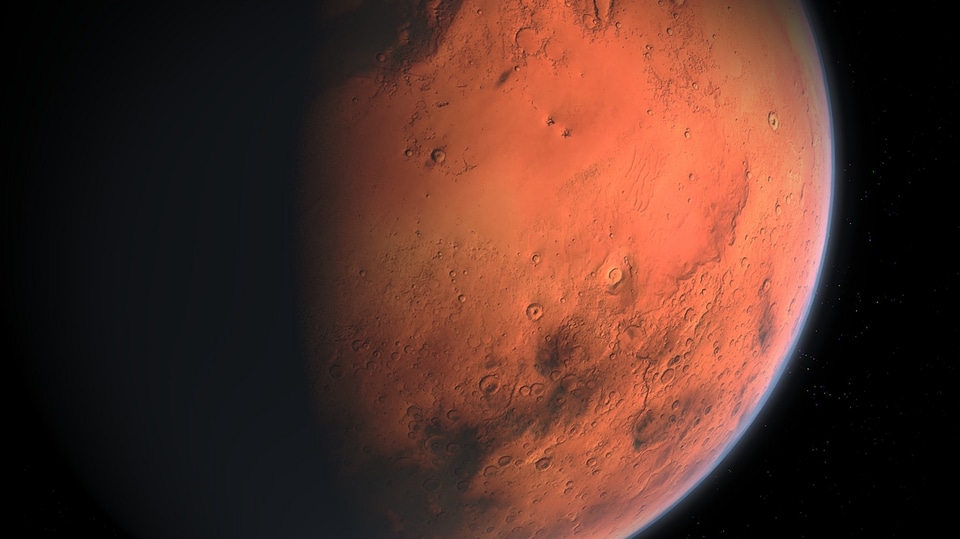
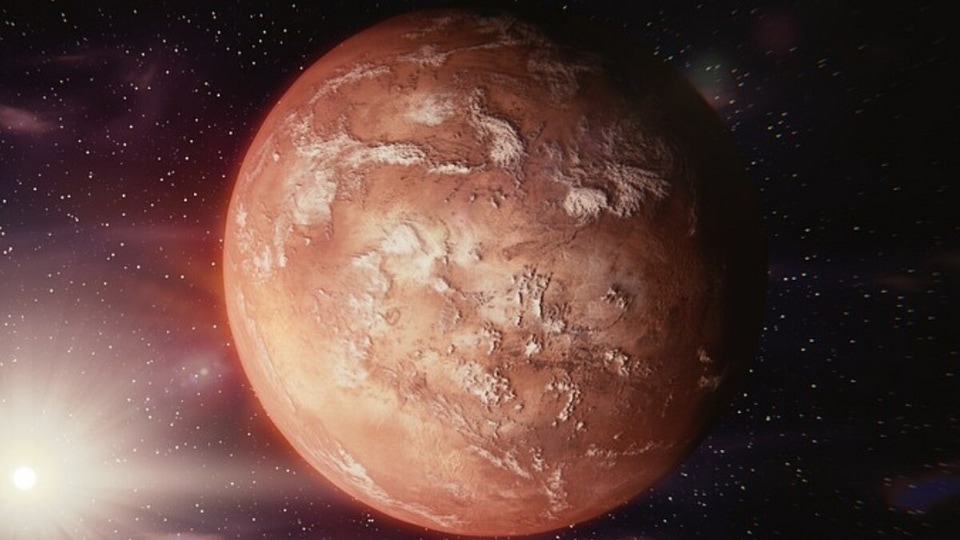
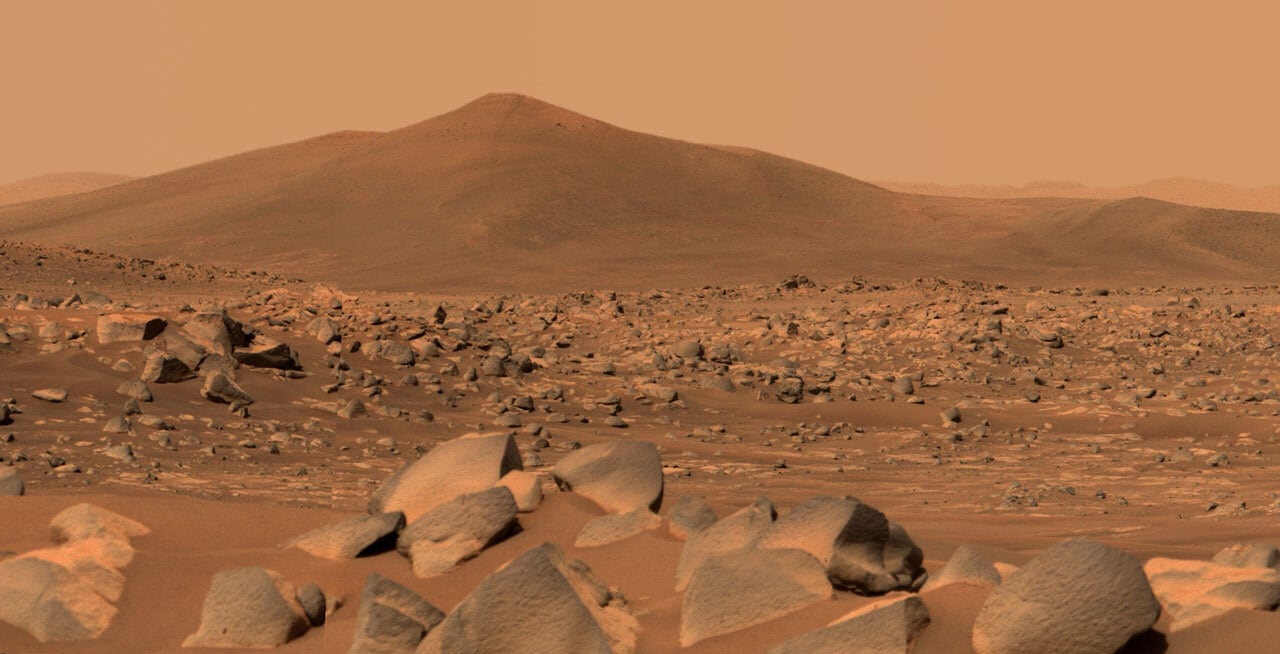

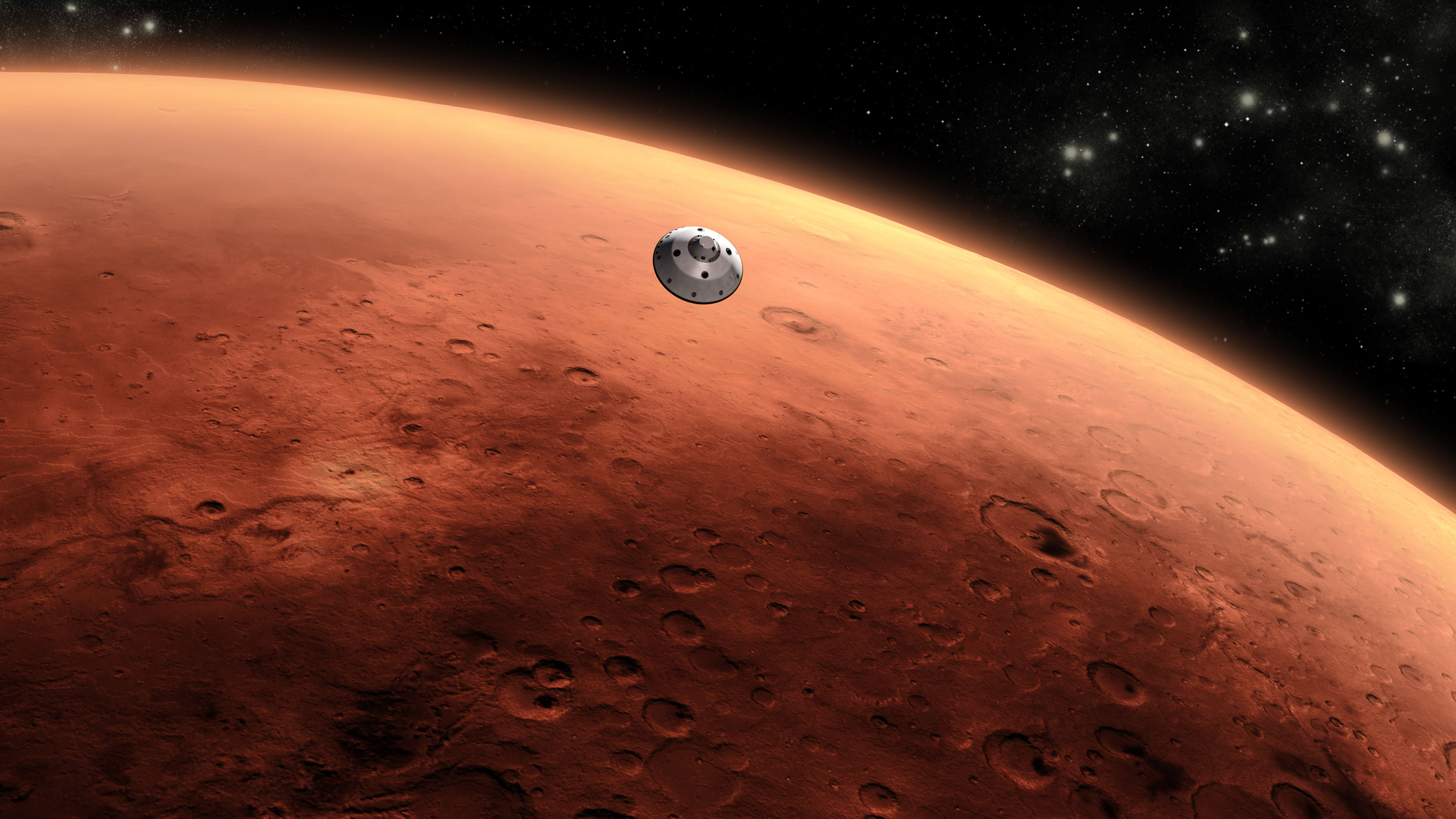
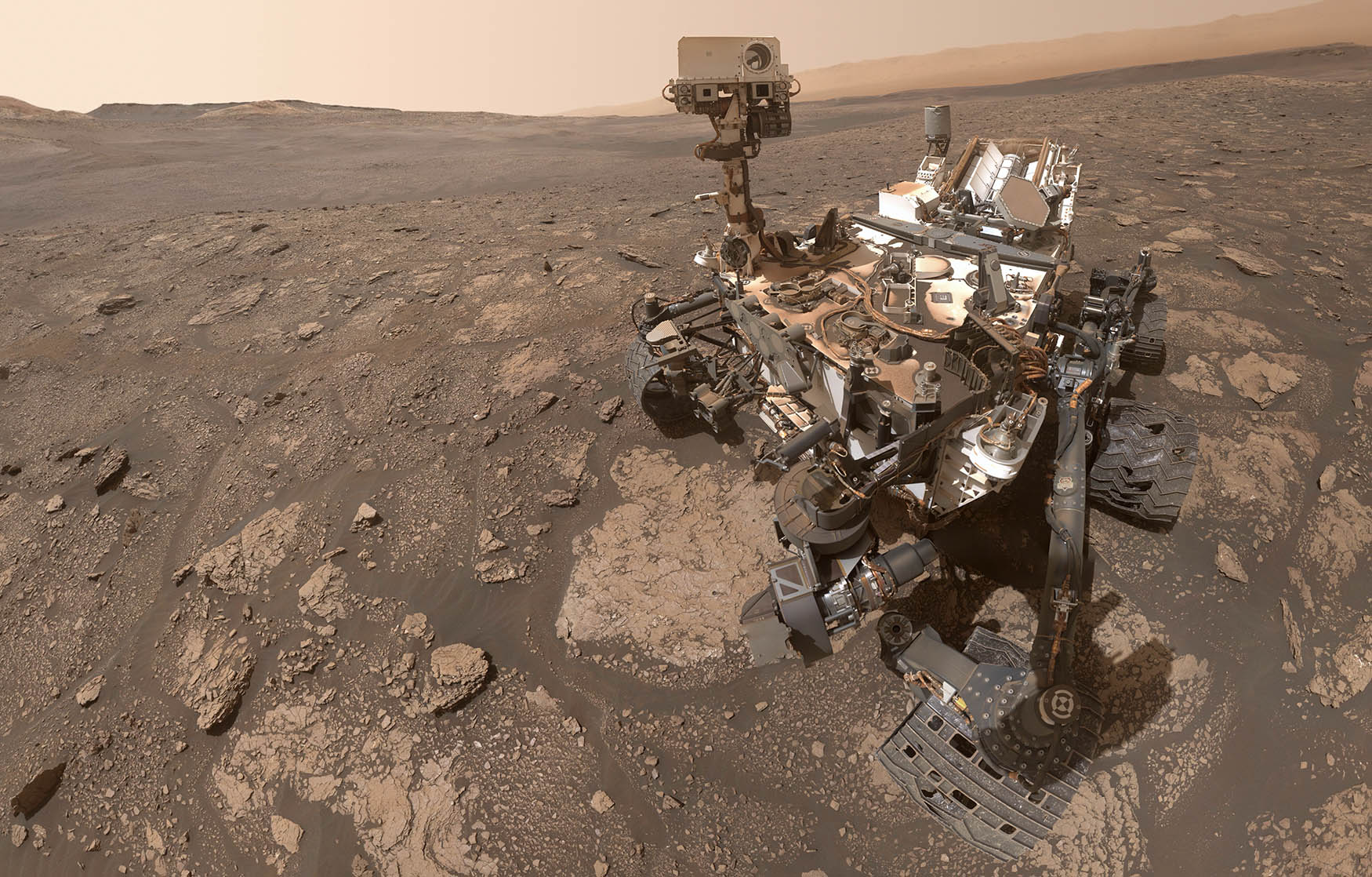
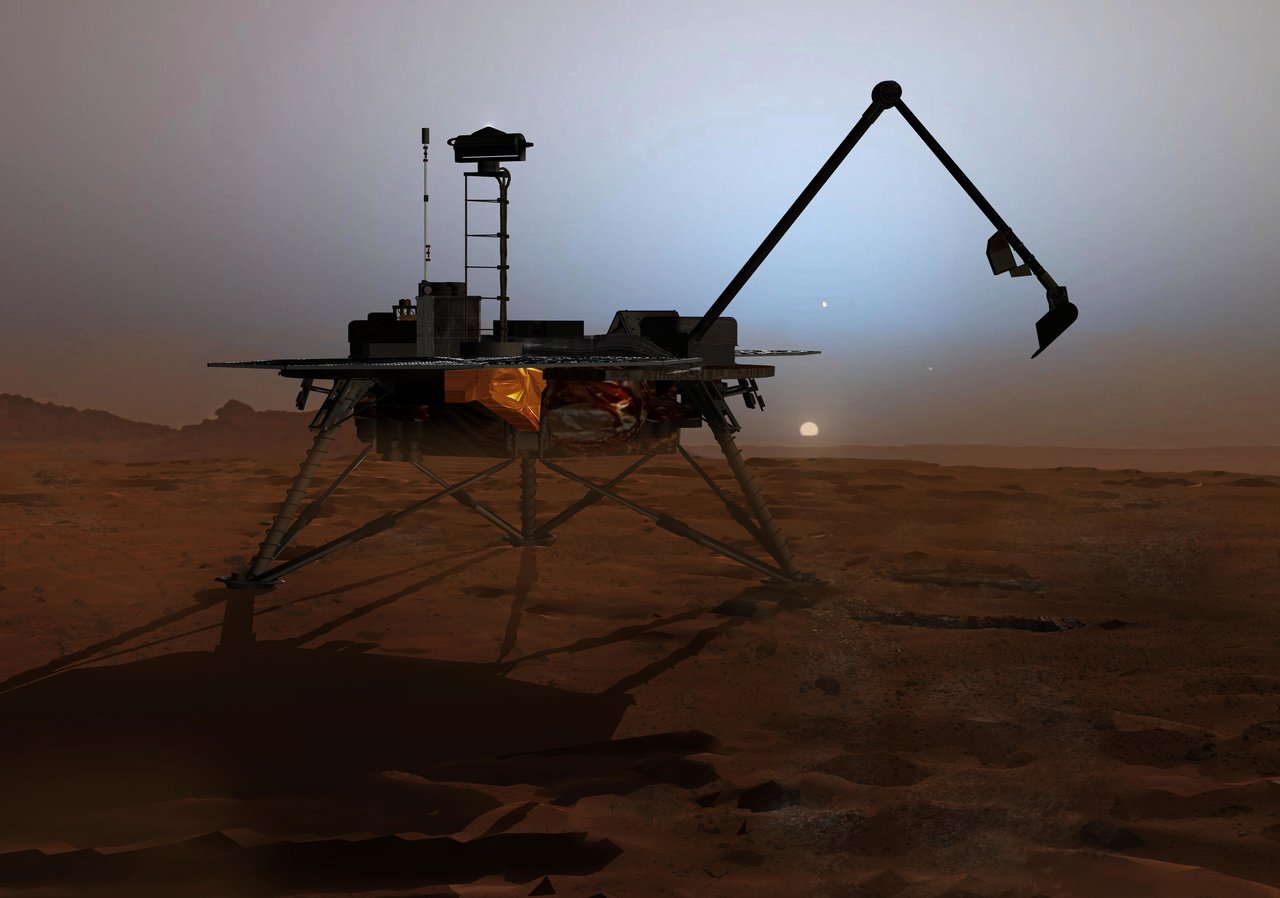
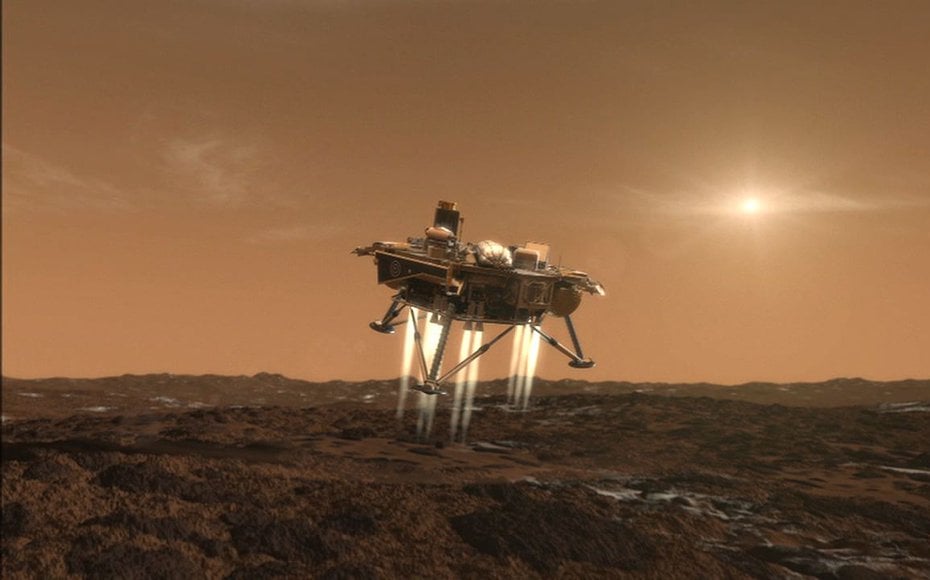
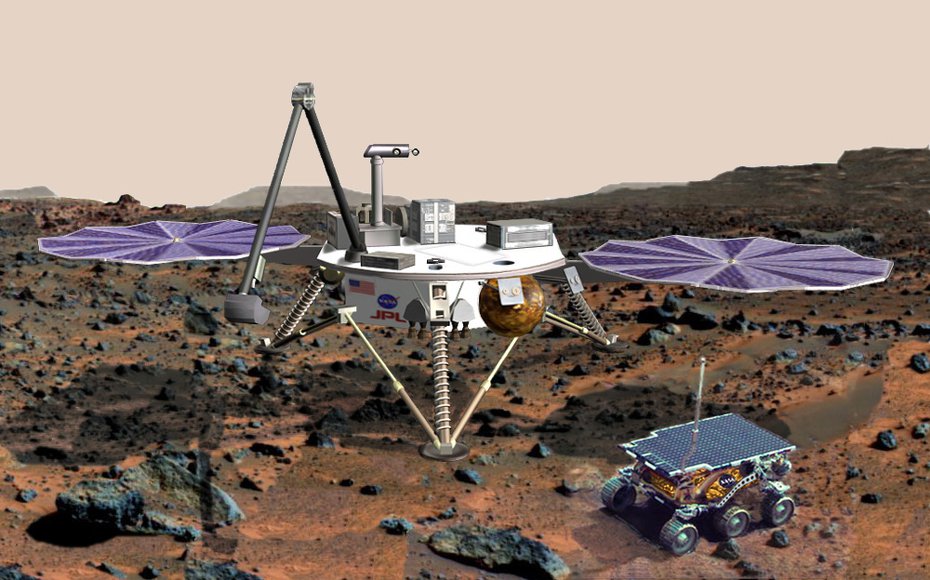

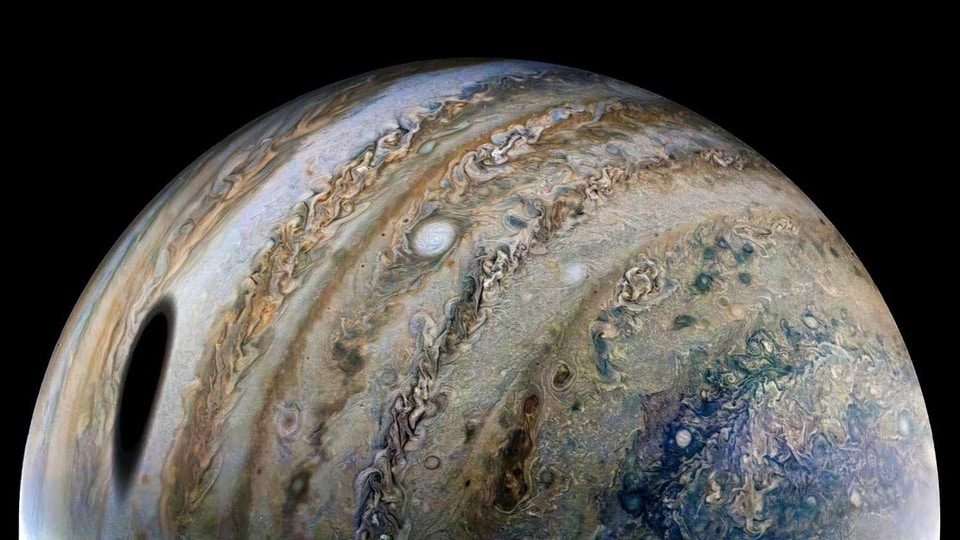
 View all Images
View all ImagesJupiter is the fifth planet in the solar system and it is by far the biggest one. In fact, it is twice as big as all the other planets in our solar system combined. Whenever scientists have observed Jupiter, they have been shocked to find mysteries in the planet, dating back to 1610 when Galileo Galilei found the first Moons beyond Earth. Jupiter is also known as the Gas Giant due to a dense atmosphere of hydrogen and helium with windy clouds of ammonia.
The planet has also been harboring various natural phenomena. Jupiter's iconic Great Red Spot is a giant storm bigger than Earth that has raged for hundreds of years. The planet's mysteries, and there are many, have been a topic of debate amongst the scientific community for a long time. Know about the top 5 mysteries of Jupiter.
1. Presence of water
Water has been present in abundance on Jupiter, though not in the form which can be harvested. According to a report by the Southwest Research Institute, water came to Jupiter by hitchhiking on comets or asteroids during the early years of the planet. NASA's Juno Mission has reported that water takes up to 0.25 percent of atmospheric molecules over the planet's equator.
2. Jupiter's structural makeup
What's even more baffling is Jupiter's structural makeup. The planet consists of 90 percent hydrogen which exists in the outer layers. According to a 2011 NASA feature, the core of the planet consists of hydrogen liquid which has formed due to hydrogen being under extreme pressure, forcing the electrons out. This mysterious liquid conducts electricity just like metal would.
3. The Great Red Spot
Jupiter's Great Red Spot is a mysterious storm vortex that has been plaguing the planet for hundreds of years. Observations by NASA's Juno spacecraft have given fascinating insight into the planet and have revealed that storms indeed exist even thousands of kilometers within the planet's surface!
4. Auroras
Not only Earth, but Auroras have been seen on planets like Jupiter too. NASA's James Webb Space Telescope recently revealed images showing Auroras are visible near the Northern and Southern poles of the planet. Though it is still unclear how auroras are formed on the gas giant.
5. Existence of life?
While it is known that Jupiter itself cannot support life, its Moons potentially could one day. Scientists have even revealed that one of Jupiter's moons called Europa has even more water on Earth! To study that, NASA's Juno probe has frequently conducted close flybys with the moon, capturing the icy surface and sending images back.
Catch all the Latest Tech News, Mobile News, Laptop News, Gaming news, Wearables News , How To News, also keep up with us on Whatsapp channel,Twitter, Facebook, Google News, and Instagram. For our latest videos, subscribe to our YouTube channel.
































